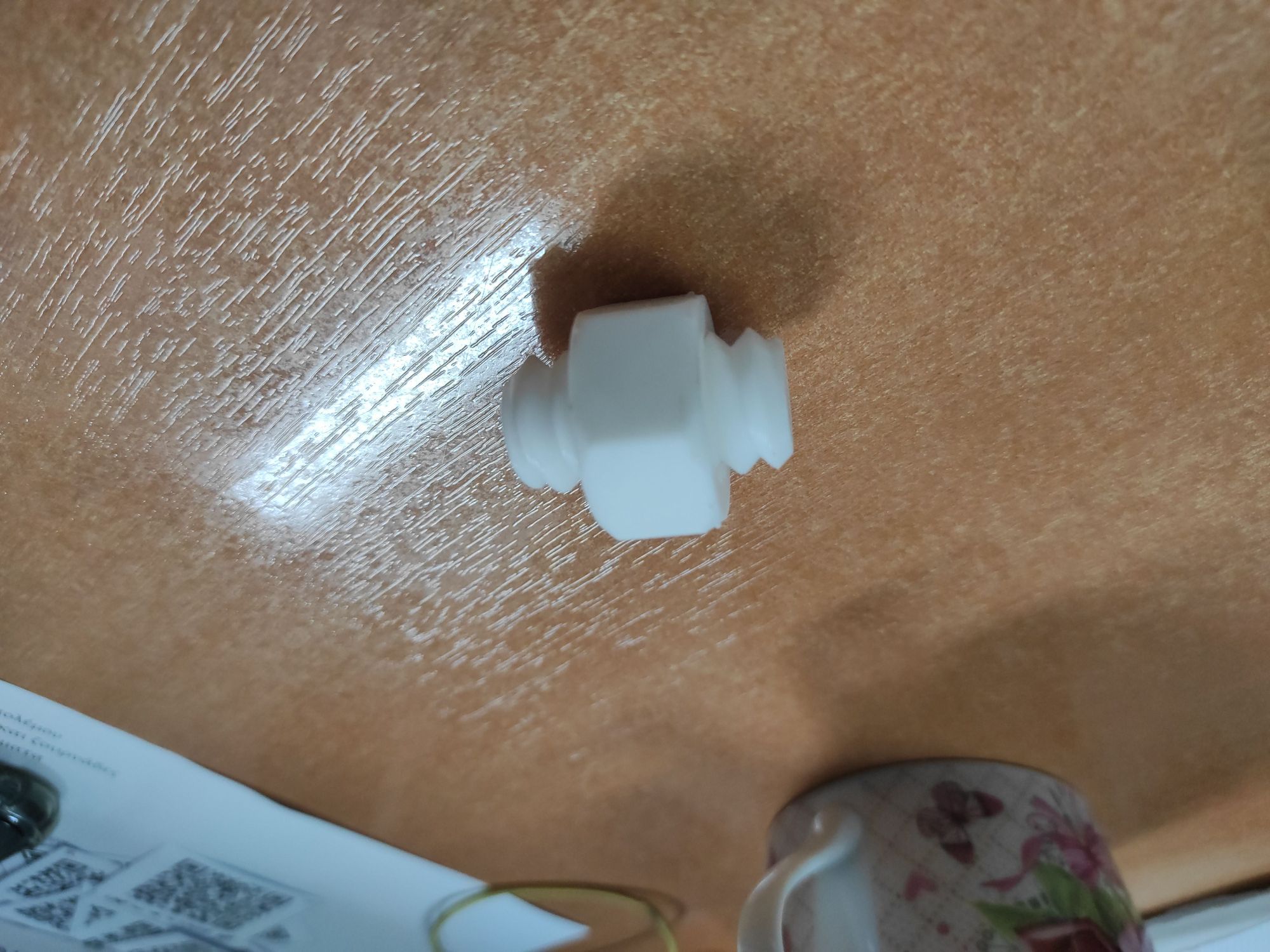
Understanding 3D Printed Screws: An Innovative Solution Revolutionizing Manufacturing
In recent years, 3D printing has made substantial strides in various industries, offering new and innovative solutions that enhance production efficiency, reduce waste, and improve customization. Among the lesser-explored applications of this cutting-edge technology is the production of screws. In this blog post, we’ll delve into the intricacies of 3D printed screws, their benefits and challenges, and how they are shaping the future of manufacturing.
What Are 3D Printed Screws?
3D printed screws are fasteners created using additive manufacturing techniques. Unlike traditional screw manufacturing, which typically involves machining solid materials, 3D printing builds up the screw layer by layer from digital plans. This method allows for intricate designs that may be too complicated or costly to manufacture using conventional methods. Various materials can be used in 3D printing screws, including plastics, metals, and even composites, each of which offers unique properties suited to different applications.
The Benefits of 3D Printed Screws
The increasing interest in 3D printed screws stems from several significant advantages:
1. **Customization**: One of the most significant benefits of 3D printing is the ability to create customized products tailored to specific applications. Engineers can design screws that meet exact requirements for dimensions, thread patterns, and materials, making them perfect for specialized projects.
2. **Rapid Prototyping**: 3D printing allows for fast production turnaround times. What could take weeks or months using traditional manufacturing can often be completed in a matter of hours. This speed is crucial for industries where time to market can mean the difference between success and failure.
3. **Reduced Waste**: Unlike subtractive manufacturing, where material is cut away to create parts, 3D printing uses only the material necessary to create the part. This not only minimizes waste but also lowers raw material costs over time.
4. **Lightweight Solutions**: 3D printed screws can be engineered to be lighter than traditional options, which is essential in industries where weight is a critical factor, such as aerospace and automotive manufacturing.
5. **Complex Geometries**: The flexibility of 3D printing technology allows for the creation of complex geometries that are often impossible to achieve with conventional methods. This opens doors to new design possibilities that can enhance performance.
The Challenges of 3D Printed Screws
Despite the numerous benefits, there are challenges associated with 3D printed screws that manufacturers need to consider:
1. **Material Limitations**: While many materials are available for 3D printing, not all are suitable for every application. High-stress environments may require specialized alloys or treatments that standard 3D printing materials may not withstand.
2. **Quality Control**: Ensuring consistent and high-quality products can be challenging with 3D printing. Variabilities in the printing process, such as speed, temperature, and material consistency, can lead to significant differences in the end product.
3. **Load-bearing Capacity**: While some 3D printed screws can perform exceptionally well under light loads, they may not stand up to heavy-duty applications. It’s crucial to conduct thorough testing to validate their use in critical environments.
4. **Post-Processing Needs**: Many 3D printed parts, including screws, may require additional post-processing steps to improve their surface finish or mechanical properties, adding to the overall production time and cost.
Applications of 3D Printed Screws
3D printed screws are increasingly finding their place across various industries. In the medical field, for example, custom screws are often printed for surgical applications, leading to improved patient outcomes. In robotics, lightweight and uniquely designed screws can enhance efficiency and performance. Furthermore, sectors like aerospace and automotive manufacturing are beginning to embrace these screws for prototyping and testing.
A Unique Tip for Optimizing 3D Printed Screw Design
When designing screws for 3D printing, consider incorporating **variable thread pitch**. This often-overlooked feature can optimize load distribution and enhance the screw’s grip, making it much more effective in applications that require high retention. By experimenting with varying the thread dimensions throughout the length of your screw, you can achieve better performance than traditional screws with uniform thread pitches.
Conclusion
The emergence of 3D printed screws represents a significant advancement in manufacturing technology, offering numerous benefits that can enhance various applications. With customization, rapid prototyping, and reduced waste at the forefront, it’s no wonder industries are beginning to shift their focus toward this innovative manufacturing technique. While challenges remain, ongoing advancements in materials and technology will likely pave the way for even broader adoption of 3D printed screws in the future. As we continue to explore this dynamic technology, the future looks promising for manufacturers willing to embrace this change.



